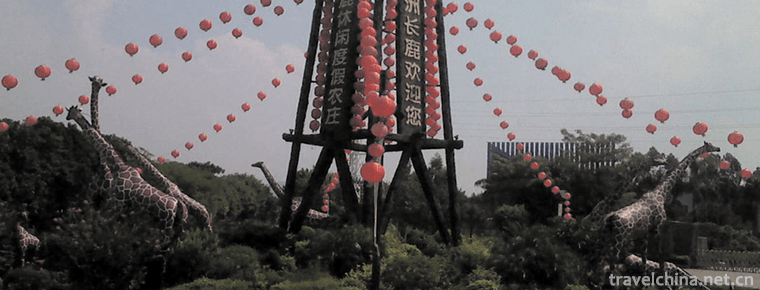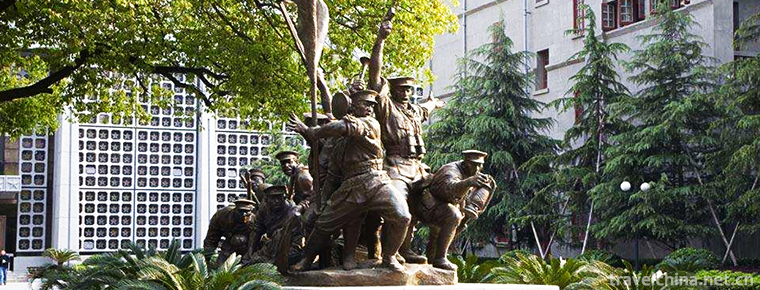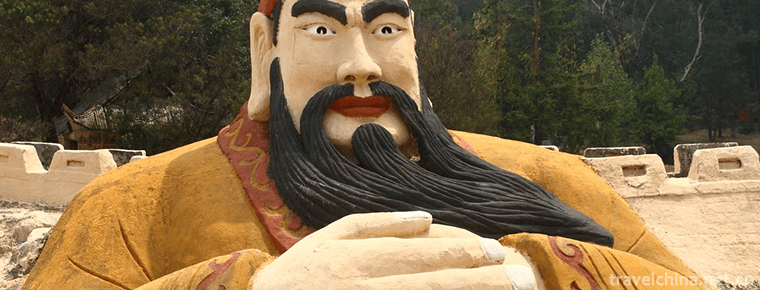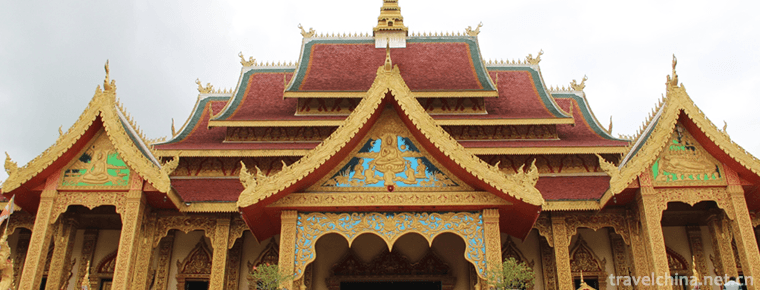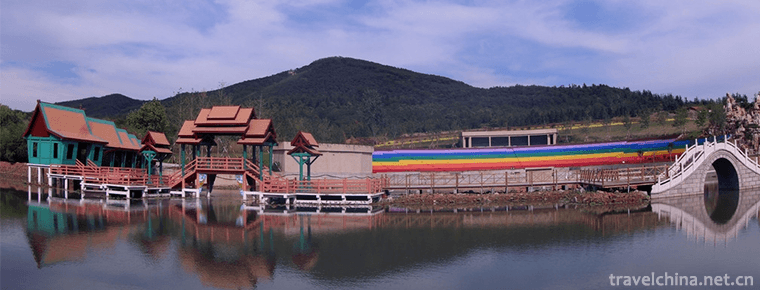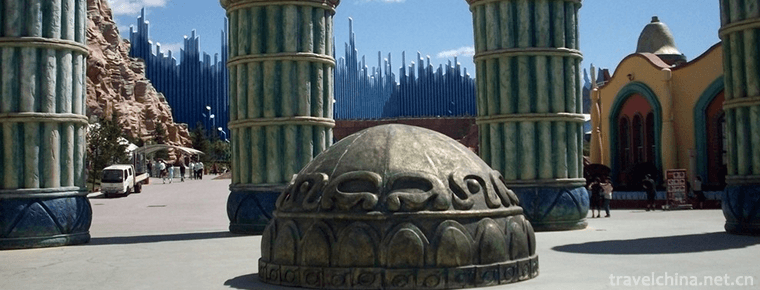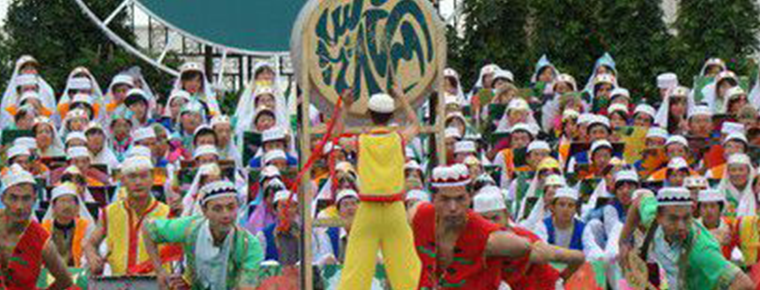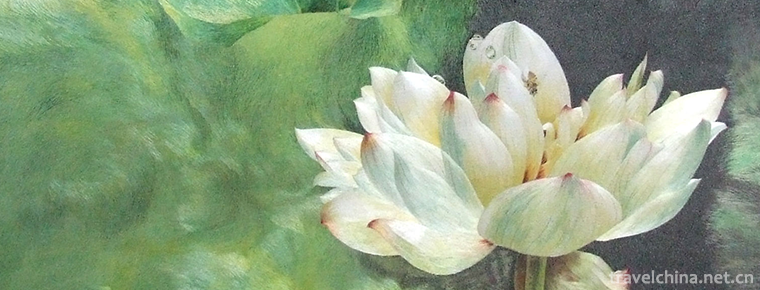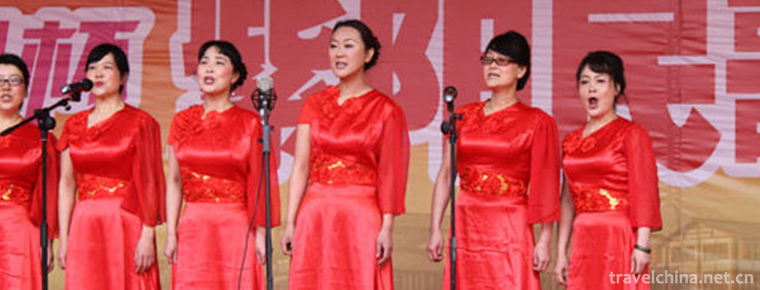Neijiang economy
Neijiang economy
In 2019, the GDP of Neijiang City will reach 143.33 billion yuan, an increase of 7.8% over the previous year in terms of comparable prices. Among them, the added value of the primary industry was 24.050 billion yuan, an increase of 2.9%; the added value of the secondary industry was 48.988 billion yuan, an increase of 8.9%; the added value of the tertiary industry was 70.292 billion yuan, an increase of 8.8%. The GDP per capita increased by 383.8 yuan. The three industrial structures were adjusted from 17.4:38.8:48.8 in the previous year to 16.8:34.2:49.0.
In 2019, the added value of private economy in Neijiang City will reach 85.514 billion yuan, 7.9% higher than that of the previous year, accounting for 61.8% of GDP and 0.2% higher than that of the previous year. The consumer price index rose by 3.5% over the previous year. Among them, the prices of food, tobacco and alcohol increased by 10.3%, the prices of medical and health care increased by 2.8%, the prices of residential products increased by 1.7%, and the prices of daily necessities and services increased by 0.4%. The ex factory price index of industrial producers was 3.5% higher than that of the previous year, and the purchasing price index of industrial producers was 9.7% higher than that of the previous year.
In 2019, Neijiang completed the investment in fixed assets of the whole society, an increase of 12.1% over the previous year. Among them, the tertiary industry investment accounted for 67.3% of the total fixed asset investment. There were 1015 new projects (excluding real estate) in the whole year.
In 2019, the local general public budget revenue of Neijiang City is 6.364 billion yuan, an increase of 9.3% in the same caliber, of which the tax revenue is 3.965 billion yuan, with an increase of 8.1% in the same caliber. The general public budget expenditure was 27.205 billion yuan, an increase of 11.8%.
In 2019, the per capita disposable income of all residents in Neijiang City is 25508 yuan, an increase of 10.0% over the previous year. In terms of permanent residence, the per capita disposable income of urban residents was 36059 yuan, an increase of 9.3% over the previous year. Among them, the net income from property increased by RMB 1 893.16%, the net income from property increased by RMB 1 893.16%, and the net income from property increased by RMB 1 893.14%, and the net income from property increased by RMB 1 893.16%. Per capita consumption expenditure was 22370 yuan, an increase of 9.5%. Among them, the expenditure on housing increased by 6.3%, the expenditure on daily necessities and services increased by 4.0%, and the expenditure on transportation and communication increased by 11.1%. The Engel coefficient of urban residents was 33.5%.
In 2019, the per capita disposable income of rural residents in Neijiang City will reach 16450 yuan, an increase of 10.3%. Among them, wage income was 6498 yuan, an increase of 8.3%; net operating income was 5255 yuan, an increase of 12.0%; net property income was 448 yuan, an increase of 18.8%; net transfer income was 4249 yuan, an increase of 10.6%. The per capita living consumption expenditure of rural residents was 13008 yuan, an increase of 10.8%. Among them, residential consumption increased by 8.6%, consumption of daily necessities and services increased by 11.5%, transportation and communication expenditure increased by 10.2%, and health care consumption increased by 15.3%. The Engel coefficient of rural residents was 38.1%.
On February 2, 2019, it was rated as a municipal advanced unit of national grass-roots TCM work by the State Administration of traditional Chinese medicine.
On July 5, 2019, the Ministry of ecology and environment of the people's Republic of China announced the special investigation of black and odorous water bodies in the first stage of overall planning and strengthening supervision in 2019. Neijiang was listed in the list of cities whose black and odorous water body elimination ratio was less than 80%, and the elimination ratio was 0%.

Neijiang economy
-
Chuanlord Tourism & Leisure EXPO Park
Chuanlord Tourism & Leisure EXPO Park ,Changlu Tourism Xiubo Park, or Changlu Environmental Protection Holiday Farm (hereinafter referred to as "Changlu Farm")
Views: 519 Time 2018-12-12 -
Bayi Memorial Hall in Nanchang
The Bayiyi Memorial Hall in Nanchang was established in 1956 and officially opened to the outside world on October 1, 1959. In 1961, it was announced by the State Council as the first batch of key nat
Views: 189 Time 2018-12-31 -
Luliang Colorful Sand Forest
Luliang color sand forest is a national AAAA tourist area, 18 kilometers away from Luliang County. 108 named scenic spots are located in the "Y" shaped canyon, with a total area of 180 hecta
Views: 154 Time 2019-02-06 -
Shimen Xianhu Scenic Area
Shimen Xianhu Scenic Area is the first national 3A-level tourist scenic spot in Rongan County, located in Liuzhou, Guangxi. It has high Gorges out of Pinghu Lake
Views: 134 Time 2019-02-08 -
Xishuangbanna Mengwan Great Buddhist Temple
Situated in the suburbs of Jinghong City, the prefecture of Xishuangbanna Dai Autonomous Prefecture, Yunnan Province, the Monastery is built according to the national AAAA standard.
Views: 139 Time 2019-02-25 -
Snow Mountain Rainbow Valley Scenic Area
Xueshan Rainbow Valley Scenic Area is located 3 kilometers east of Yishui County, Shandong Province. It mainly includes Snow Mountain, Dashan and Mashan, with a total area of 2 million square meters.
Views: 130 Time 2019-02-26 -
Changying Century City
Changying Century City, located in Nanguan District, Changchun City, Jilin Province, was founded in 2003. It is a comprehensive tourist area integrating science and technology, adventure, performing a
Views: 290 Time 2019-03-17 -
Hui folk instrumental music
Hui folk instrumental music is a long-term life practice and cultural activities of the Hui people in Ningxia, inheriting ancient instruments of Ningxia and northwest frontier fortress instruments and
Views: 194 Time 2019-05-04 -
Uygur Costume
Uygur costumes - more patterns, very beautiful, full of characteristics. Uygur men - pay attention to black and white effect, so bold and unrestrained. Uygur women prefer to use contrasting colors to
Views: 133 Time 2019-06-26 -
Hunan embroidery
Hunan embroidery is one of the four famous embroidery in China. It is the general name of Hunan embroidery products with distinctive Hunan-Chu cultural characteristics centered in Changsha, Hunan Prov
Views: 328 Time 2019-07-06 -
Ziyang Folk Songs
Ziyang Folk Song is the general name of traditional folk songs spread in Ziyang County, Shaanxi Province, and it is the most representative of traditional folk songs in southern Shaanxi Province. It h
Views: 382 Time 2019-08-16 -
Meishan special food
Meishan traditional delicacies and specialties include: sugar and oil fruit, spicy sausage, Sichuan fried spring rolls, Dongpo bean curd elbow, stone bean curd, Dongpo cuttlefish, Dongpo sausage, sweet potato sugar, Meishan Qiao Jiao beef, yameizi so
Views: 260 Time 2020-12-18
